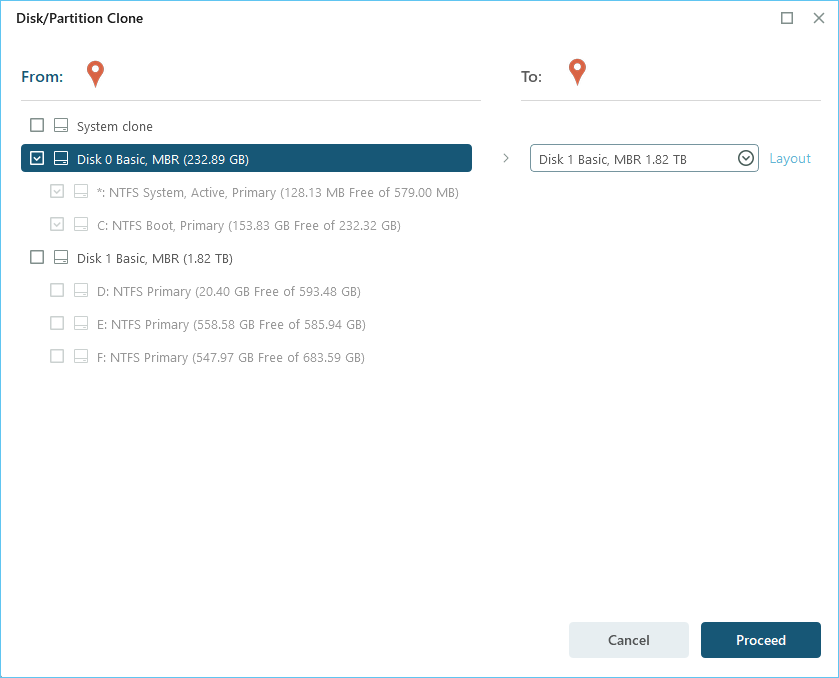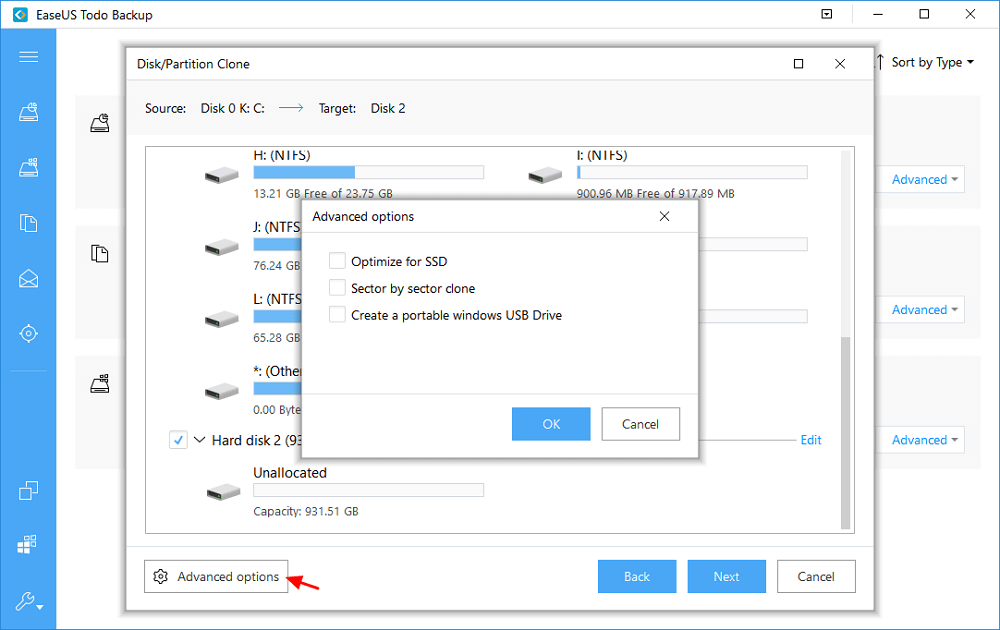

In all cases, I had placed the drive I was attempting to boot from at the top of the boot sequence. The error code was "inaccessible boot drive - 0xc0000001". After I had finished cloning, I was unable to boot from either the SSD or the original HDD Windows 10 system. I finally got my problem solved and the cloned system is working fine and with the HDD connected and back online during boot-up. I'm going to have to find a way to let the system know that the HDD is no longer a boot drive and will just contain routine data from now on. This time, the SSD *did* boot up and ran fine (the speed difference is incredible BTW). I finally tried opening the cover and physically disconnecting the HDD. I tried manipulating the BIOS boot characteristics in just about every way imaginable but couldn't get either the HDD or the SSD to boot. The HDD wouldn't boot either if I moved it back to the top of the sequence list, giving the same message.

This occurred even though the drive was moved to the top of the boot sequence list. I do have a new problem though in that once the clone finished and I tried booting the system, the SSD wouldn't boot and gave me the blue screen error message saying that the system needed repairing and "Inaccessible Boot Drive". All I had to do was specify the "To" drive and the "From" drive and the program took care of the rest. I finally remembered that the Samsung 970 EVO Plus SSD came with supporting software so I just used that to clone the drive (Samsung Data Migration Tool). Thus Easeus wants to delete it si it can cloned properly.

This is not needed as you are cloning from an existing gpt drive. When a blank drive is initialised as GPT, a small 16 MB MSR partition is put on the drive. I should mention that I have checked "optimize for SSD" in the ToDo clone parameters. Because I got the error message, I wanted to make sure that the partition layout on the target SSD drive is going to function properly if I go ahead with the clone as shown, especially since the target drive does not show the 3 smaller partitions Dell put on the source drive. The source HDD Win 10 is a brand new system preinstalled by Dell on a brand new factory machine. When I go ahead and click "OK" to let the program delete the partition, I get the drive layouts shown below in the 2nd pic. The SSD is brand new, just out of the box with no data on it. The 2nd pic shows how the drive will look after the clone. When I attempt to setup the clone, I get the error message "There is not sufficient unallocated space on the target disk, etc". I am using the latest version of Easeus ToDo Backup Home (Backup 2022, build 20211220). I currently have Windows 10 20H2 installed on a 1TB HDD and am attempting to clone that HDD to a new 1TB Samsung NVMe SSD.


 0 kommentar(er)
0 kommentar(er)
